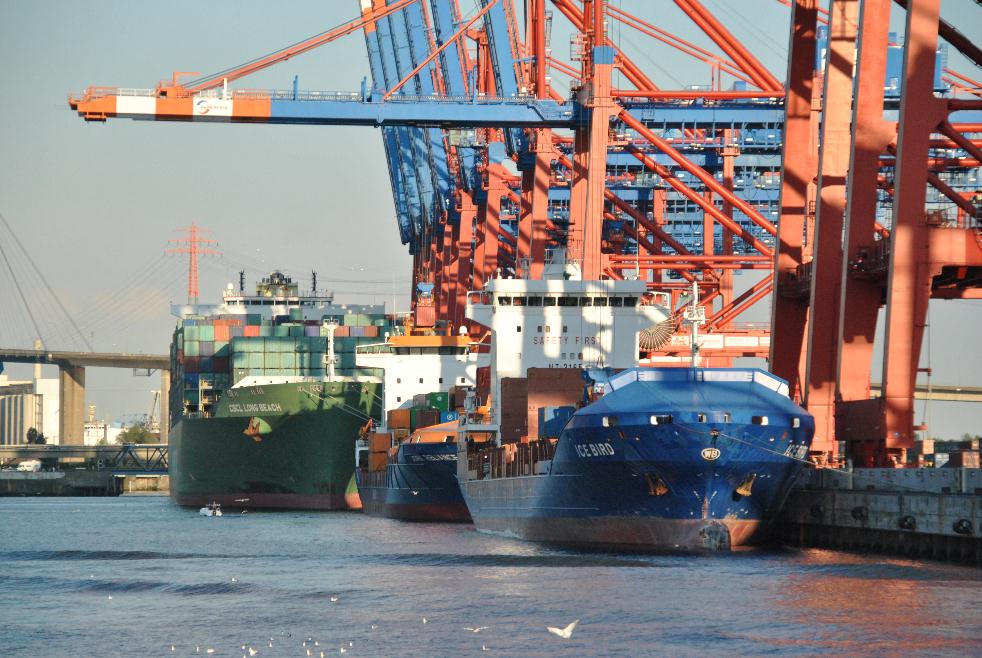Russia’s trade surplus widened in October for the first time in three months as imports shrank the most since 2009 after a retaliatory ban on some foreign food shipments and a weaker ruble crimped demand.
The surplus expanded 6.3 percent from a year earlier to $13.6 billion after plunging 20 percent last month, the central bank in Moscow said on its website. The median estimate of 16 economists surveyed by Bloomberg was for a $11.6 billion surplus. Imports fell 12 percent, offsetting a 6.9 percent decline in exports.
The Russian currency has lost more than 40 percent against the dollar this year, pushing inflation to the fastest since 2011 and further shaking the household consumption that accounts for about half of the economy. The world’s biggest energy exporter is on the brink of its first recession since 2009 as sanctions imposed over the conflict in Ukraine choke borrowers and an oil-market selloff cuts into foreign sales.
“We remain skeptical of the ability of exports to maintain a level of resilience – compared to imports – amid a fragile global demand environment,” Johannesburg-based Tradition Analytics said in an e-mailed research note. “Imports meanwhile are likely to remain under pressure in the upcoming months given constrained internal demand. These dynamics suggest that risks are tilted toward a narrowing in the cumulative trade surplus going forward.”
The ruble is the second-worst performer this year against the dollar among more than 170 world currencies tracked by Bloomberg. It weakened 1.7 percent to 57.3785 per dollar at 12:49 p.m. in Moscow.


